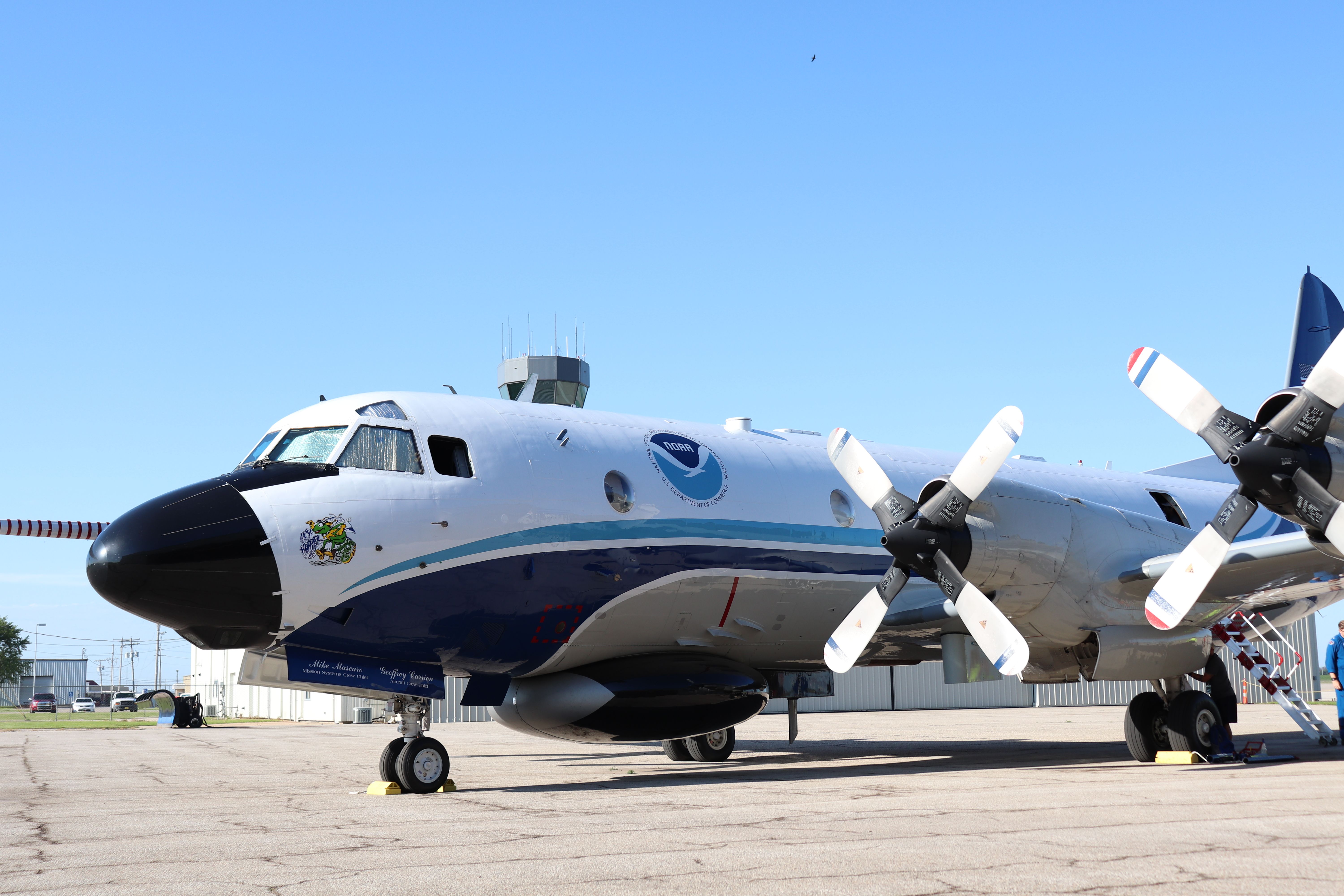Summary Hurricane Ernesto upgraded: sustained winds over 75 mph, now a major storm. Aircraft fleet monitoring storm includes NOAA and Air Force Reserves. Hurricane Hunters collect crucial meteorological data for forecasting.
On the morning of Wednesday, August 14, tropical storm Ernesto was officially upgraded to a hurricane. As the storm was moving through the Atlantic Ocean north of Puerto Rico, the storm had sustained winds of over 75 miles per hour. This officially meets the criteria of a hurricane, triggering the upgrade from a tropical storm to a hurricane .

Forecasters and officials have also stated that as it makes landfall in Puerto Rico, the storm could pick up speed and gain strength. This would increase the hurricane's rating and make it a major storm. This also means that as the storm becomes stronger, it will constantly be monitored by several different fleets of aircraft.
Monitoring through the air The 2024 hurricane season is expected to be busier than usual. To help monitor the storm, the National Oceanic and Atmospheric Administration (NOAA) and the 403rd Wing of the Air Force Reserves, which is based out of Keesler Air Force Base in Biloxi, Mississippi, operate aircraft capable of flying in, around, and above the incoming storm. These aircraft provide crucial information to weather forecasters and prediction models that help determine the storm's future danger.
On August 14, Flightradar24 reported several aircraft operating above the incoming storm. Additionally, both of the NOAA Lockheed WP-3D Orions, N42RF and N43RF, were positioned at Grantley Adams International Airport (BGI) in Barbados to provide support. The NOAA Gulfstream IV-SP, N49RF, had not yet made its way to fly over the hurricane.
The 403rd Wing's Lockheed WC-13 Weatherbird, TEAL75, was also monitoring the storm and was based out of the Barbados airport. These aircraft are expected to continue monitoring the storm, especially as it makes landfall and increases speed toward Bermuda . About the hurricane hunting fleets The 403rd Wing of the Air Force Reserve notably operates ten large Lockheed aircraft, all variants of the Lockheed C-130J Super Hercules.
When these aircraft operate weather missions, they are typically operated as part of the 53rd Weather Reconnaissance Squadron, also known as the Hurricane Hunters. On each of these aircraft, a crew of five members helps provide the necessary support to monitor the incoming storm. These aircraft collect meteorological data using various sensors, and they also monitor weather data all the way down to the ocean's surface.
The NOAA operates a wider range of aircraft. Its two flagship aircraft are both Lockheed WP-3D Orions. The first aircraft is designated as N42RF and is nicknamed Kermit, while the second aircraft is designated as N43RF and is nicknamed Miss Piggy.
These aircraft use a variety of drop sensors to measure pressure, wind speed, wind direction, and other weather data during their missions. The NOAA also operates a highly modified Gulfstream IV-SP, which is registered as N49RF. This aircraft operates at high altitudes and measures weather data from the bottom of the aircraft, searching all the way to the surface of the ocean or earth.
The NOAA also operates several other aircraft, including two Beechcraft King Air 350CERs, one Beechcraft King Air 360CER, and four de Havilland DHC-6-300 Twin Otters..



















